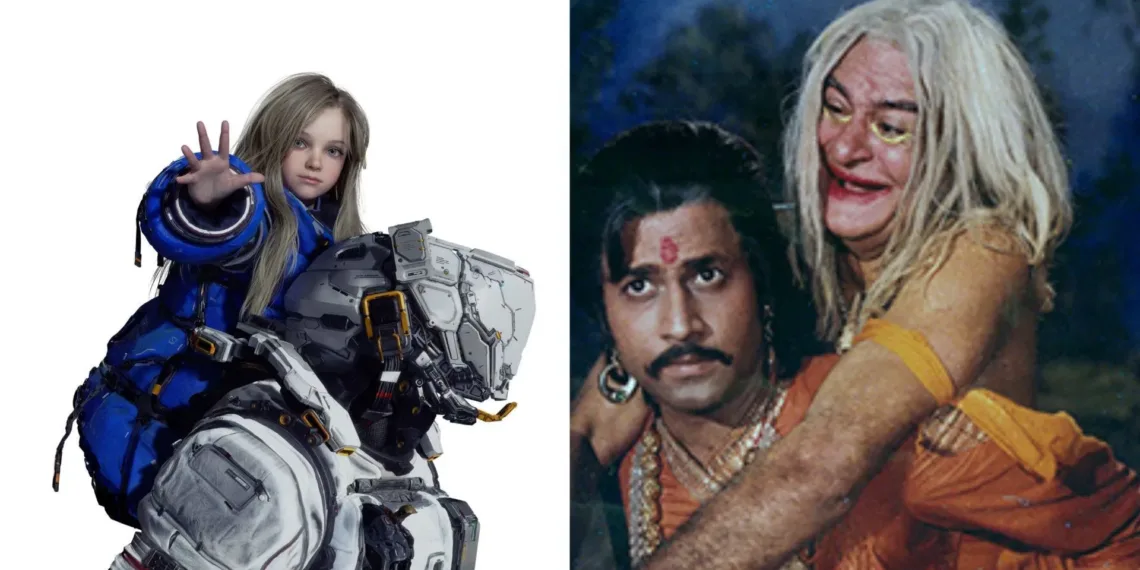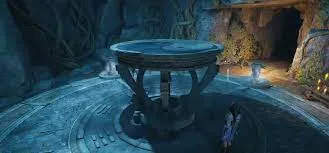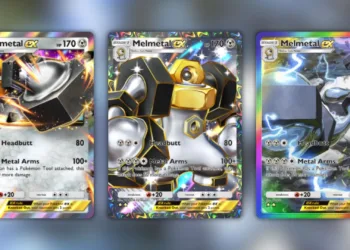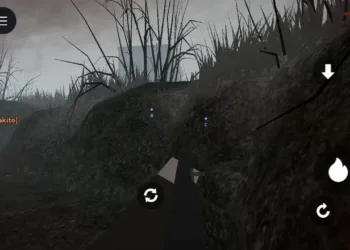Sometimes the most fascinating gaming connections emerge from unexpected places. Capcom’s upcoming sci-fi adventure features Hugh and Diana exploring a lunar research station while battling hostile robots and AI, but their visual dynamic triggers an intriguing parallel—one rooted in centuries-old Indian mythology. Could the futuristic pairing of an astronaut and android secretly channel the ancient tale of Vikram and Betaal?
Table of Contents
Pragmata’s Protagonists: Side-by-Side Comparison
| Aspect | Hugh & Diana (Pragmata) | Vikram & Betaal (Baital Pachisi) |
|---|---|---|
| Human Character | Hugh Williams (astronaut) | King Vikramaditya (warrior king) |
| Non-Human Companion | Diana (android/Pragmata) | Betaal (spirit/Vetala) |
| Physical Dynamic | Diana rides on Hugh’s back | Betaal hangs on Vikram’s shoulder |
| Companion Nature | Artificial intelligence, curious learner | Evil spirit possessing corpses |
| Story Function | Cooperative puzzle-solving duo | Riddle-based challenge pairing |
| Visual Signature | Larger figure carrying smaller companion | King carrying spirit on journey |
| Origin Text | Capcom video game (2026) | Baital Pachisi Sanskrit text (ancient) |
The Visual Echo That Started It All
The striking visual similarity between Pragmata’s protagonists and the iconic imagery of Vikram carrying Betaal is what initially sparks the comparison. Indian audiences grew up with illustrations showing King Vikramaditya with the mischievous spirit perched on his shoulder—a posture eerily mirrored by Hugh carrying Diana through the lunar station.

This isn’t just about one character being bigger than the other. It’s the specific carrying relationship—the intimate physical connection between a grounded warrior and their otherworldly companion—that creates the visual resonance.
Who Are Vikram and Betaal?
Baital Pachisi is a Sanskrit text comprising 25 short stories, where King Vikramaditya attempts to capture a Betaal, a spirit from Hindu mythology that hangs upside-down from trees and can take control of dead bodies. The narrative structure is brilliantly cyclical and surprisingly game-like.
The story loop involves Vikramaditya capturing Betaal, who then tells a story culminating in a riddle—if the king knows the answer, he must speak it or his head will burst, but answering correctly sends Betaal back to the tree. Only by genuinely not knowing an answer can Vikramaditya break the cycle and complete his quest.
Sound familiar to gaming puzzles? This ancient tale essentially features a challenge-based progression system with specific failure conditions—remarkably similar to modern game design principles.
For deeper insights into gaming narratives inspired by mythology, check our storytelling in games analysis.
The Human-Nonhuman Dynamic
Both Hugh and Vikramaditya are humans, while Diana and Betaal are decidedly not—Diana is an android while Betaal is a spirit. This parallel extends beyond mere classification into functional relationships.
In Baital Pachisi, Betaal challenges Vikramaditya intellectually, testing his wisdom through cunning riddles. In Pragmata, Diana provides tactical advantages through her hacking abilities, solving problems Hugh cannot tackle alone. Both partnerships rely on complementary strengths—physical prowess paired with supernatural/technological capabilities.
The human serves as the “carrier” both literally and narratively, while the nonhuman companion provides specialized knowledge or abilities essential for overcoming obstacles. It’s a partnership of necessity that evolves into something deeper.
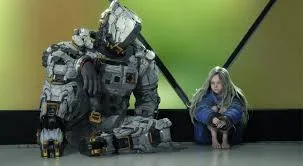
Why This Connection Matters (Even If Coincidental)
Is this connection tenuous? From what we know currently, definitely. Capcom hasn’t acknowledged any intentional reference to Indian mythology, and the similarities could be purely coincidental design choices. Yet that doesn’t diminish the cultural resonance for audiences familiar with both narratives.
Gaming increasingly draws from diverse mythological traditions—Norse mythology in God of War, Japanese folklore in Ghost of Tsushima, and Greek legends in Hades. Whether intentional or accidental, Pragmata’s visual echo of Vikram-Betaal demonstrates how archetypal storytelling patterns transcend cultures and centuries.
The “warrior carrying mysterious companion” motif appears across cultures because it works narratively—it creates instant visual hierarchy, suggests interdependence, and promises character development through forced proximity.
Explore more cross-cultural gaming influences in our global mythology in modern games guide.
Pragmata’s Unique Gameplay Twist
Beyond mythology comparisons, Pragmata distinguishes itself through innovative mechanics. Players control both Hugh and Diana simultaneously—Hugh handles shooting while Diana executes hacking sequences during combat. This two-in-one approach creates strategic depth where success requires genuine multitasking.
The hacking system uses grid-based puzzles (3×3 for weak enemies, 5×5 for stronger foes) that disable enemy armor, exposing weak points for Hugh to exploit. It’s puzzle-solving merged seamlessly with third-person shooting—a fresh take on cooperative mechanics without actual co-op mode.
The Emotional Core Beneath the Sci-Fi Shell
Like Vikramaditya and Betaal’s journey creating mutual respect through shared trials, Hugh and Diana’s bond forms the emotional anchor of Pragmata. Set against the cold, artificial environment of a lunar research station filled with hostile AI, their developing friendship represents warmth in sterility—humanity in the inhuman.
The developers explicitly designed this contrast, wanting to blend sci-fi action with genuine emotional storytelling. Whether the mythology parallel was intentional or not, both narratives understand that great adventures aren’t just about destinations—they’re about who accompanies you on the journey.
For the latest official updates on Pragmata’s development and release details, visit Capcom’s official website.
Frequently Asked Questions
Q: Did Capcom actually confirm any connection to Vikram-Betaal mythology, or is this purely fan speculation?
Capcom has not confirmed any intentional connection to Indian mythology or the Vikram-Betaal story. This comparison emerged organically from visual similarities rather than developer commentary. During interviews about Pragmata’s development, the creative team has discussed their inspiration from sci-fi action games, emotional storytelling, and the Hugh-Diana dynamic, but they haven’t mentioned Sanskrit texts or Indian folklore. The connection remains an interesting cultural observation rather than confirmed design influence, though it demonstrates how archetypal storytelling patterns—like a warrior carrying a supernatural companion—resonate across vastly different contexts and time periods.
Q: Beyond the visual carrying similarity, are there any narrative parallels between Pragmata’s story and Baital Pachisi?
While the physical dynamic is visually similar, the narrative structures differ significantly. Baital Pachisi revolves around a riddle-based challenge system where answering correctly resets progress, creating a cyclical loop. Pragmata follows a linear action-adventure narrative focused on escaping a lunar research station while uncovering mysteries about the Delphi Corporation and Lunafilament technology. However, there’s an interesting thematic overlap: both stories feature puzzle-solving as central mechanics (Betaal’s riddles vs. Diana’s hacking grids), and both explore relationships where intellectual/technical abilities complement physical strength. The emotional journey from forced partnership to genuine bond might be the strongest parallel—both narratives use shared adversity to build connection between fundamentally different beings.

